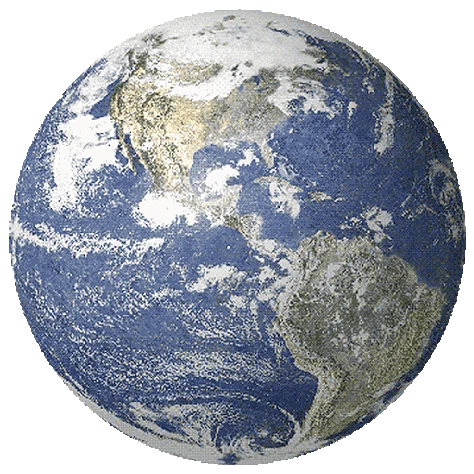Have you ever wondered what makes our planet so special?
How do the seasons work?, and why do magnets pull things together?
What mysteries lie beyond Earth, deep in the vastness of space?
In this exciting science unit, we’ll explore the forces that shape
our world, from the tiniest ecosystems to the endless universe.
Get ready to dive into wild weather, discover the secrets of magnetism,
and blast off into outer space—because science is all around us, and the adventure is just beginning!
These are the topics we will study:
-
Ecosystems
-
Biotic and abiotic factors
-
Climate and weather
-
Climatic cycles and ice ages
-
Asteroids, galaxies and outer space
-
Magnetism
-
Magnetic fields
-
Electromagnets
-
Electrostatics
Today's objective is to learn what are the levels of organization of living things on Earth, so let's start with this activity:
1) After Watching the video about ECOSYSTEM ORGANIZATION define these words in your notebook :
-
Population
-
Community
-
Ecosystem
2) Read this PDF about the way in which living things are organized and define what are biomes? and what is the biosphere?
3) Draw the circles showing the hierarchy of living things. Use this FILE to see the shapes and sizes of the circles.
4) Visit the National Geographic website and answer:
a) Write the 5 major types of biomes
b) What are the further categories in which they can be classified?
c) Choose 1 of these biomes and write at least 3 characteristics
5) Which level of organization is missing in the following image? where should it go?:
Have you ever wondered what makes an ecosystem thrive? Every living thing, from towering trees to tiny insects, depends on both biotic (living) and abiotic (non-living) factors to survive. Sunlight, water, soil, and air shape the world around us, while plants and animals interact to create unique habitats. In this lesson, we’ll explore how these factors work together to support life and why even the smallest changes can have a big impact on an ecosystem. Get ready to dive into the fascinating balance of nature!
Let's solve the following classwork that will help us to learn about these consepts:
1) Write a list of the things you need to be alive.
2) Visit the BYJUS website and define: Biotic factors and Abiotic factors
3) In the following picture of an ecosystem, write the name of 5 biotic and 5 abiotic factors:
4) Do the living things depend on abiotic factors to live? Explain it with your own words or with an example.
5) Visit the CSERC website and define what is a habitat in your notebook, then play the game to match the animals to their habitats. Write 2 examples (2 animals and their habitats)
6) Go to the website, read the text about biotic
and abiotic factos and solve the little quiz at the bottom of the page.







UNIT 3: The Earth and
Outer space

Class 1 : Ecological Organization


Class 2: Biotic, abiotic factors and
habitats in an ecosystem

